Gibberellins and Gibberellic Acid
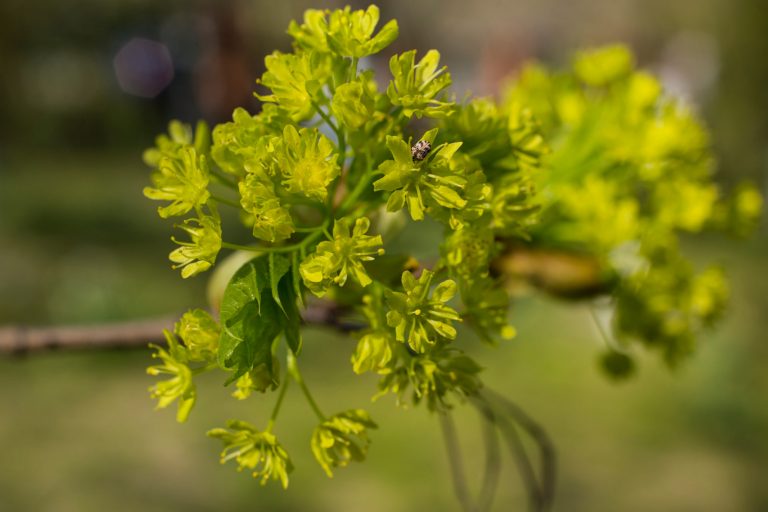
Gibberellins are plant hormones that regulate a wide range of processes, such as flowering, growth (by stem elongation), seed germination, and fruit ripening.
Table of Contents
The family of gibberellins have a similar effect to that of auxins; they promote cell division and elongation. The major difference is that gibberellins in no way inhibit growth.
Gibberellic Acid
Gibberellic Acid is an example of one of the gibberellin family. Regardless of genotype (tall or small plants), more gibberellin equals more lateral growth.
Gibberellins and Germination
Gibberellins are responsible for promoting growth in the embryo of a seed. It does this the following way
- Gibberellin released by the embryo travels towards the aleurone layer, its target tissue situated in the endosperm region of the seed (alongside the embryo).
- Gibberellin acts as the inducer, as its presence allows the enzyme induction of amylase, which can break down starch INTO a sugar to be used in the embryo.
- Sugar is used in the plant to synthesize proteins and break out of dormancy.
Gibberellins initiate this process in Summer, when the external environment exhibits favorable conditions for plant growth.
The previous tutorial has investigated the auxin family hormones involved in plant growth. The next tutorial investigates the sites of this growth, the meristems.
You will also like...
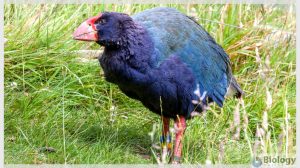
Takahē (Porphyrio hochstetteri)
Meet the colorful takahē, an extremely rare flightless bird. Find out more about its unique features and why they matte..
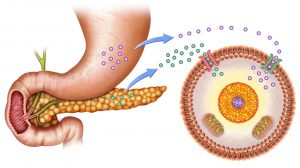
Sugar Homeostasis
The blood sugar level is regulated by two hormones. The mechanism behind this type of negative feedback control is descr..

Mātauranga Māori and Science
Mātauranga Māori is the living knowledge system of the indigenous people of New Zealand, including the relationships t..
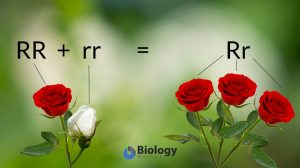
Dominance
This tutorial presents Gregor Mendel's law of dominance. Learn more about this form of inheritance and how it can be pre..
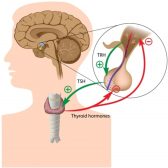
Hormone Production
Hormones are chemical messengers produced by specialized glands and they were produced by switching on the genes designe..
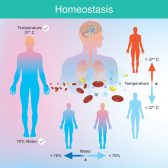
Physiological Homeostasis
Homeostasis is essential to maintain conditions within the tolerable limits. Otherwise, the body will fail to function p..
